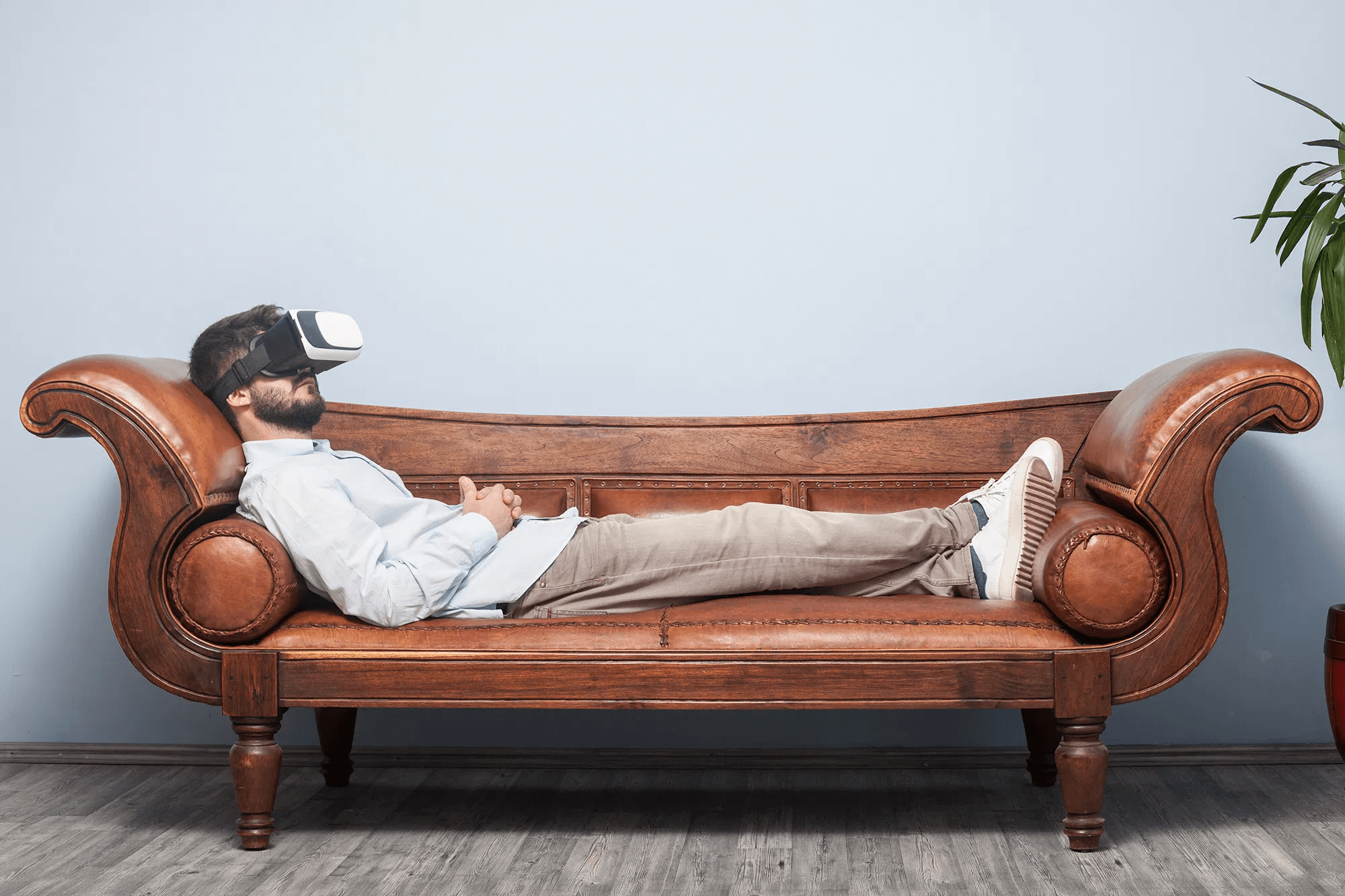Virtual Reality Therapy: Treating Mental Health With Technology

It hasn’t been too long that virtual reality has made its way into our lives and gave a new turn to the entertainment industry. However, use of virtual reality is not limited to entertainment alone but the health industry is enjoying its benefits on an equal scale. Interestingly, virtual reality exposure therapy is helping people to fight stress, anxiety, relationship issues, depression, phobia and multiple other mental disorders.
If we look at statistics for a moment, we would find that an estimated one in five people in the U.S. have a mental health disorder, some of them do not even have an idea about their stress. The good part is, not every disorder needs medications and newly evolved technologies like VR exposure therapy are acting highly effective in treatment.
Also Read: Questions to Ask your Therapist during your First Therapy Session
What Is Virtual Reality Therapy?

The exposure therapy is meant to expose a patient with his own fears and phobias that in turn fill him with anxiety. Now when it comes to virtual reality exposure therapy, the person is exposed to his fears in a 3D environment which is fully engaging and interactive.
For example, someone having fear of height will be given 3D images and videos of sitting on a skyscraper through VR technology. However, this exposure therapy is applied in a gradual and controlled manner, according to the person’s capabilities. At the same time, the therapist becomes a guide in managing behavioral skills with a safe environment.
Virtual Reality Exposure Therapy or VRET is used in the treatment of variety of conditions like:
- Social anxiety disorder
- Post-traumatic stress disorder
- Panic disorder
- Phobias
- Obsessive compulsive disorder
- Depression
Virtual reality therapy has proved to be a success with its smooth 3D images, sounds, vibrations, movements and even associated smells. The other advantage of using VR exposure therapy is it feels very real and can easily induce psychological and physiological change in a person’s stress hormones.
Challenges Associated With Virtual Reality Exposure Therapy
There are several reasons why VR exposure therapy is used less for the treatment despite its effectiveness. Barriers include:
1. Fear of being exposed:
Patients often take a step back before getting into exposure therapy and refuse the treatment out of fear. Exposing themselves to most feared stimuli once again in their life makes them feel scared.
Also Read: How Systematic Desensitization Can Help You Overcome Fear
2. Arrangement of exposures:
Since VR is meant to show the images that a client is scared of, a therapist may find it difficult to imitate the similar environment through the technology. Although a patient can explain his fears in detail, practical placement may act as a barrier.
Disclaimer: As BetterHelp Affiliate, We may receive compensation from BetterHelp or other sources if you purchase products or services through the links provided on this page.
3. Concern of therapists:
Therapists that provide exposure therapy are equally concerned about the fear that they may induce in the patient. This may lead to increase in dropout rate of patients as chances of worsening the anxiety pushes up.
Also Read: Life Coaching and Psychotherapy: What’s The Difference?
Potential Future Of Virtual Reality Exposure Therapy
Presently, VRET is being used constantly to provide better treatment for anxiety, trauma and other disorders due to its engaging, controllable and safe environment. Its use to initiate difficult conversations and finding best possible solutions are the reasons why therapists even use the technology.
Key Takeaways
- Apart from the therapeutic assistance, VR is also being used to train therapists to train virtual patients and mastering the clinical assessment. Now that customization of images and environment are being tested, there are high chances of using this technology for therapies in near future.
Clinically, it is also an empirical based treatment to teach patients anxiety management, removing distressed conditions and finding out the success results. Moreover, its cost effectiveness is another factor patients are easily moving towards virtual reality therapy.
After considering all the limitations mentioned above, researchers are putting in their efforts to design and implement the better version of therapy. This is how it is expected to grow in a better manner.
Wrap-Up
Although virtual reality exposure therapy is gaining prominence nowadays, you can start the process of therapies by dropping us a message at info@calmsage.com. Any kind of symptoms like sleeplessness, sadness, isolation, or recall of traumatized events must be taken care of and team Calms Sage would support you.






















I am totally intrigued. Is virtual reality therapy available in India? Are there any apps? I have a fear of heights and would to have virtual reality therapy if possible.
from daily routines to special occasions, tech has revolved things for us.. why not the therapy now? Thank you for letting us know about it